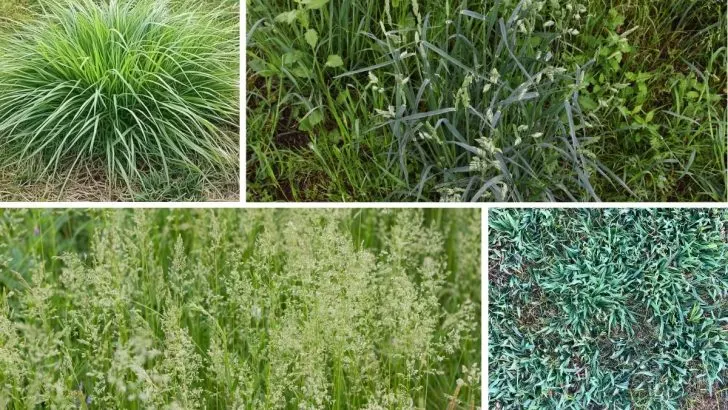Imagine this: you’re gazing out at your meticulously maintained lawn, proud of its rich, green expanses. But beneath this apparent perfection lies a sneaky truth.
Not everything that appears to be grass is actually grass. In fact, your lawn might be hosting a covert invasion of grass-like weeds that can quickly turn your garden into a botanical battleground.
Why does this matter? These weeds often compete directly with your grass for nutrients, water, and sunlight. The implications for your lawn’s health and beauty are significant.
Knowing how to identify these imposters can save you time, money, and a whole lot of frustration in the long run.
1. Nutsedge
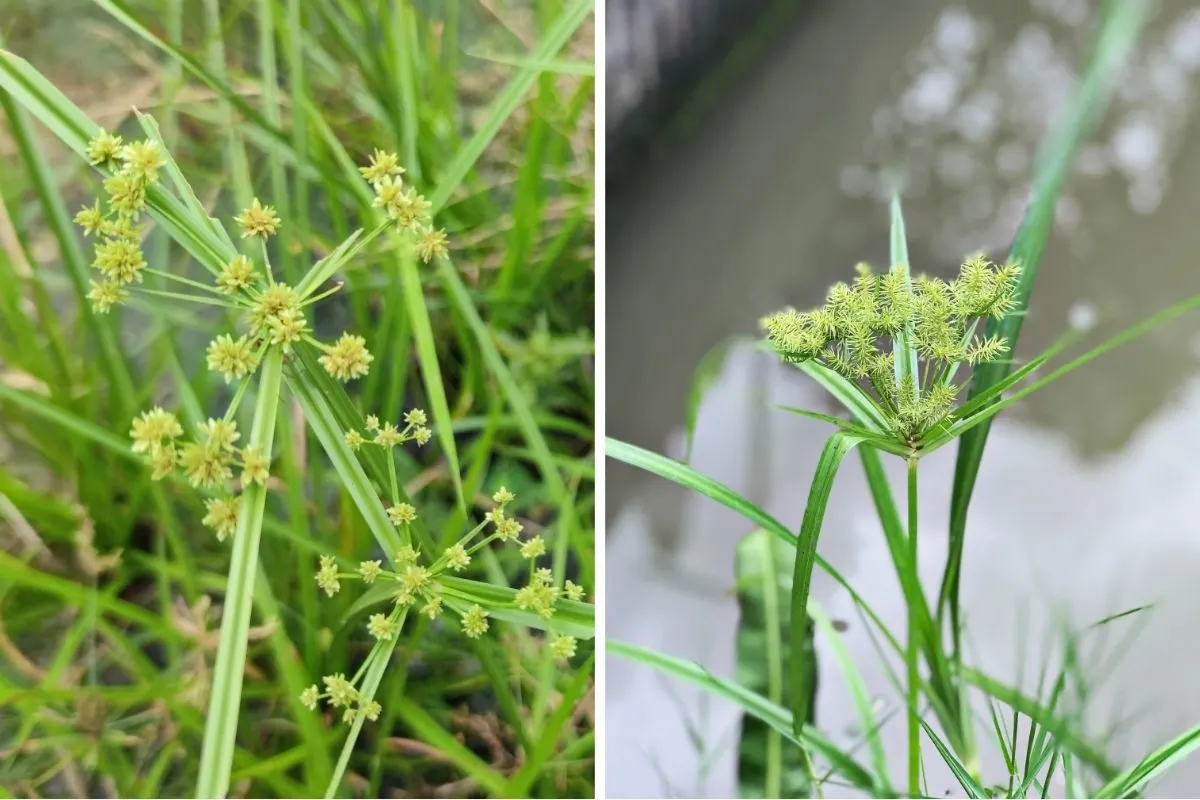
Nutsedge is the sneaky cousin of your average lawn grass. With its bright yellow-green hue and V-shaped stem, it often grows faster than the surrounding turf, giving your lawn an uneven look.
While it’s technically a sedge, not a grass, it thrives in areas with poor drainage, so keeping your lawn well-aerated and properly drained is essential.
To tackle it, consistent mowing can help suppress its growth, but the most effective method involves removing the whole plant, roots included—easier said than done, but definitely worth the effort.
2. Crabgrass
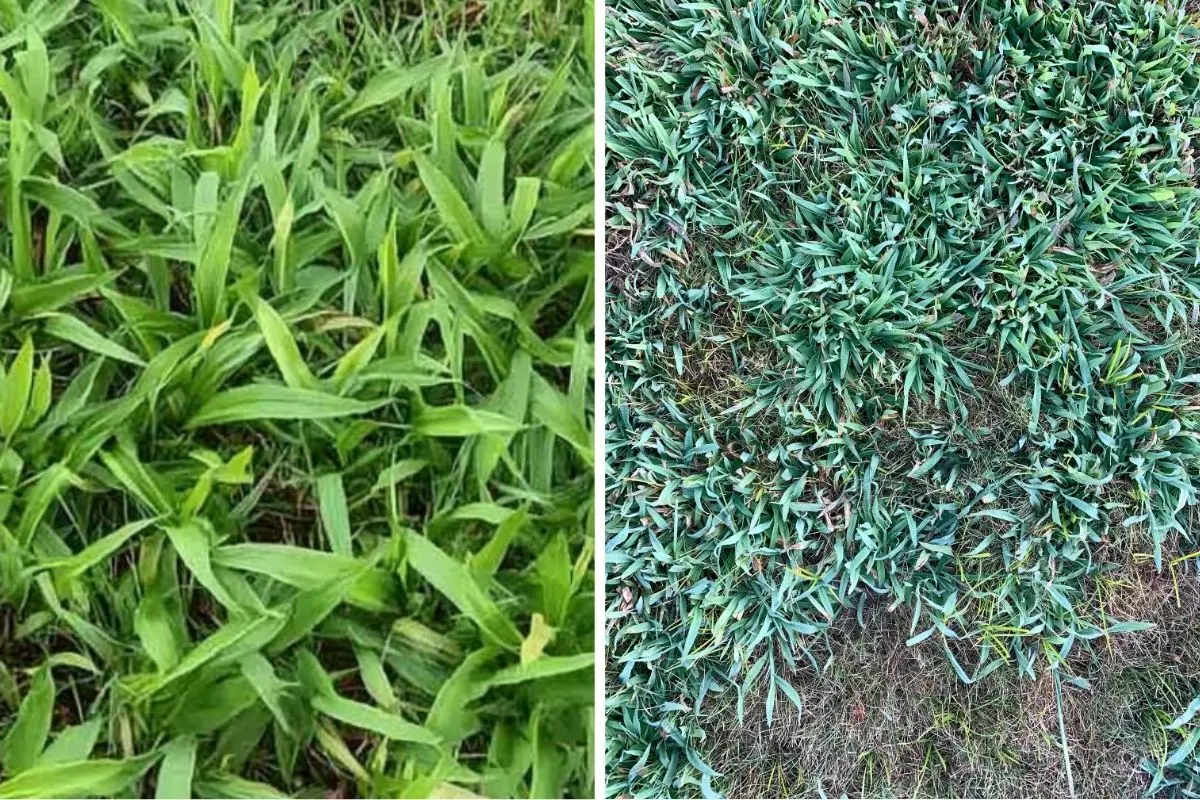
Ever wonder why your lawn suddenly feels a bit more unruly during those summer months? It might be due to crabgrass. This annual weed grows rapidly in the heat, with its seed heads resembling crab legs—hence the name.
Crabgrass prevents healthy grass growth by consuming vital nutrients. A pre-emergent herbicide in early spring is a proactive measure, ensuring that your lawn is a crabgrass-free zone.
3. Quackgrass
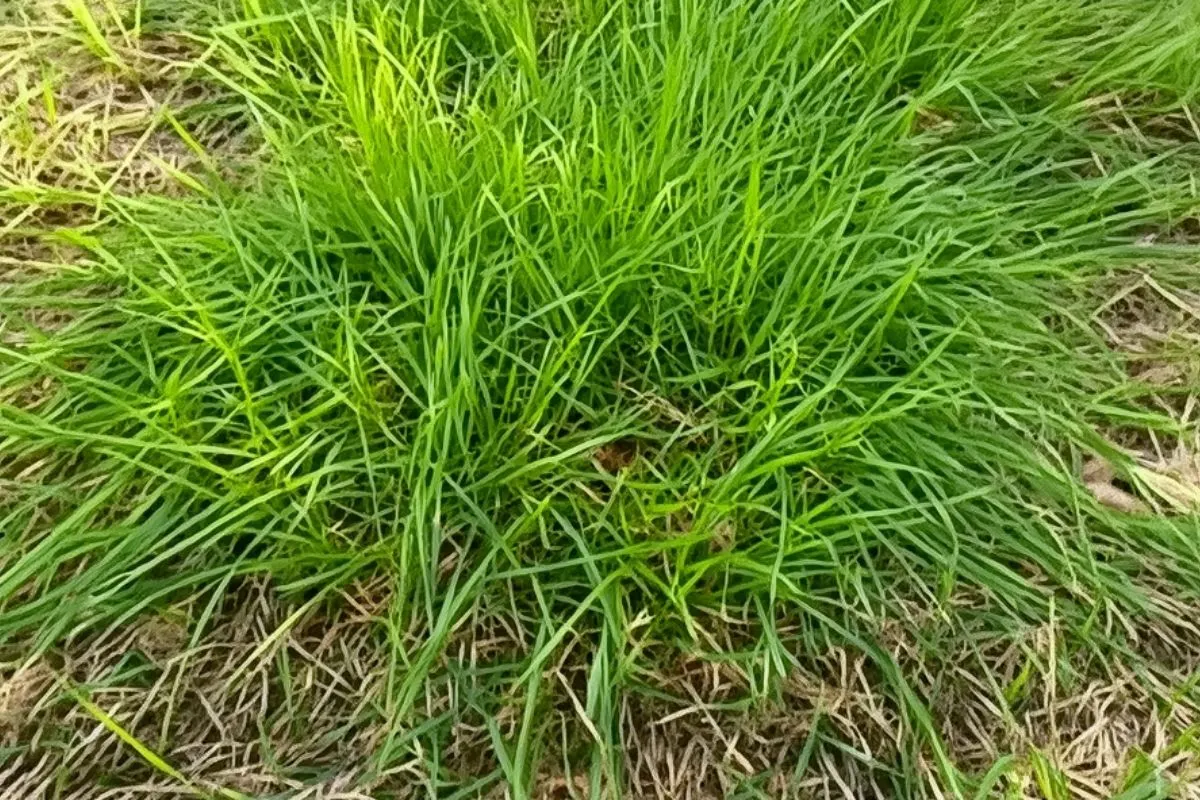
As the name implies, quackgrass is a master at pretending to be part of the family. With its bluish-green color and wide blades, it spreads through rhizomes, making it particularly difficult to eradicate.
Eradication often requires a combination of herbicides and manual removal. Each piece of its underground rhizome can regenerate, making thorough removal crucial.
4. Goosegrass
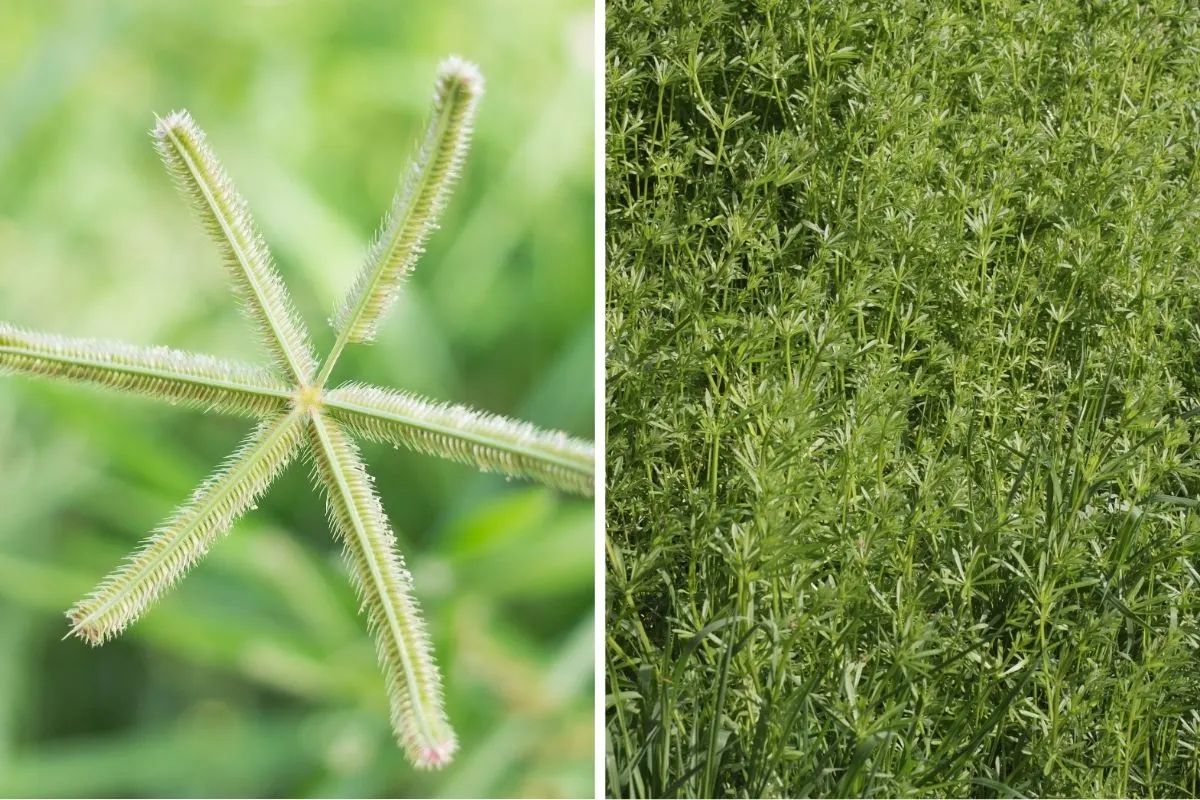
Looking similar to crabgrass, goosegrass has a distinct silvery-white center. It thrives in compacted soil, which often results from heavy foot traffic.
Its mat-like growth can suffocate your lawn by blocking out light and air. Aerating your lawn can help prevent goosegrass, allowing healthy grass to grow strong and deep.
5. Annual Bluegrass
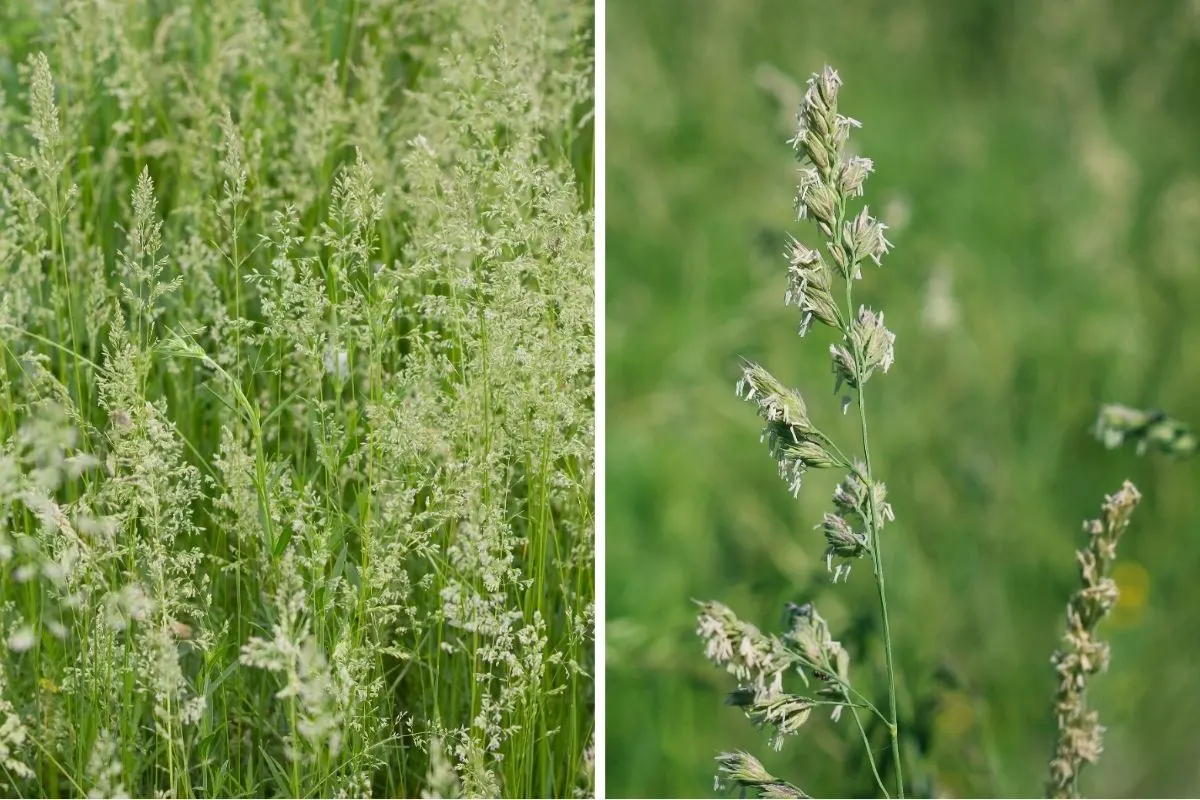
Despite being a cool-season grass, annual bluegrass can be a persistent problem. It grows low to the ground and can produce seed heads throughout the year, often appearing more in patches rather than evenly spread.
Consistent mowing and fertilizing can help keep this weed at bay, encouraging your desired grass to outcompete it.
6. Bermudagrass
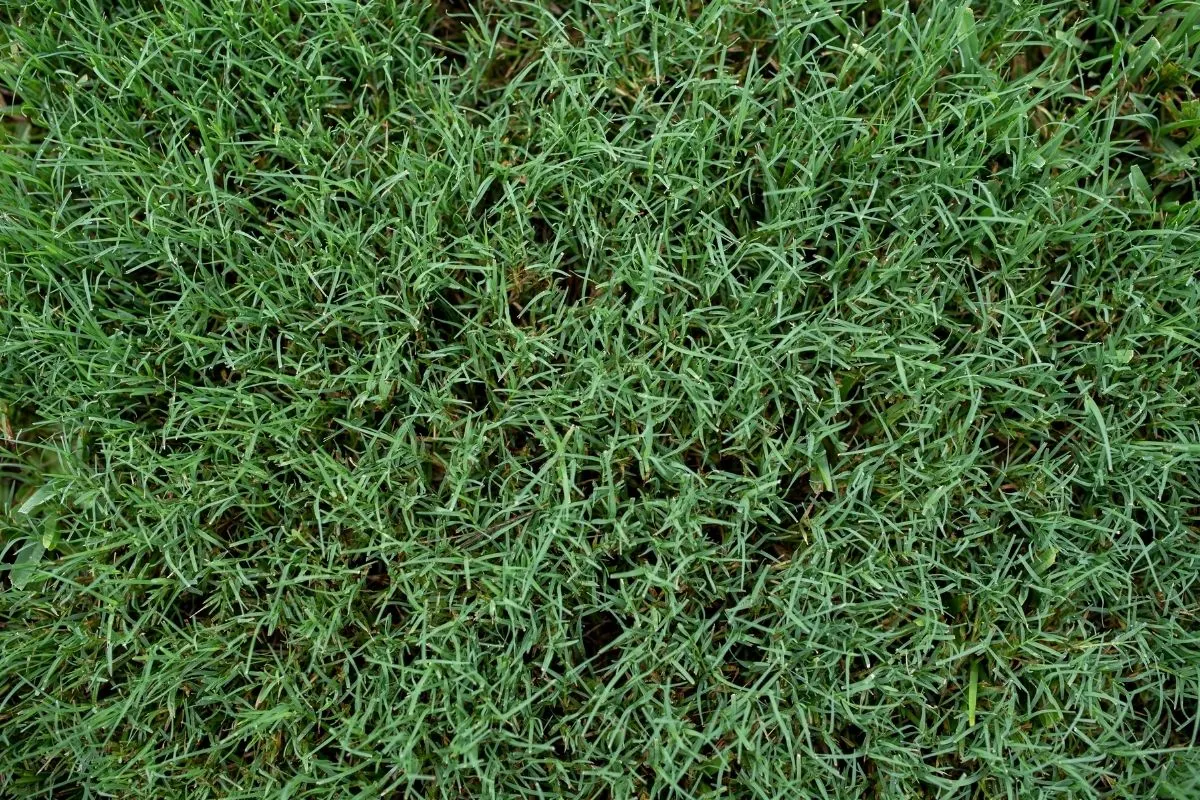
Though often used as a turfgrass, Bermudagrass can become a weed if it spreads to unwanted areas. It has a fine texture and can quickly dominate a lawn if allowed to grow unchecked.
Regular mowing and using borders or barriers can help contain this ambitious plant.
7. Orchardgrass
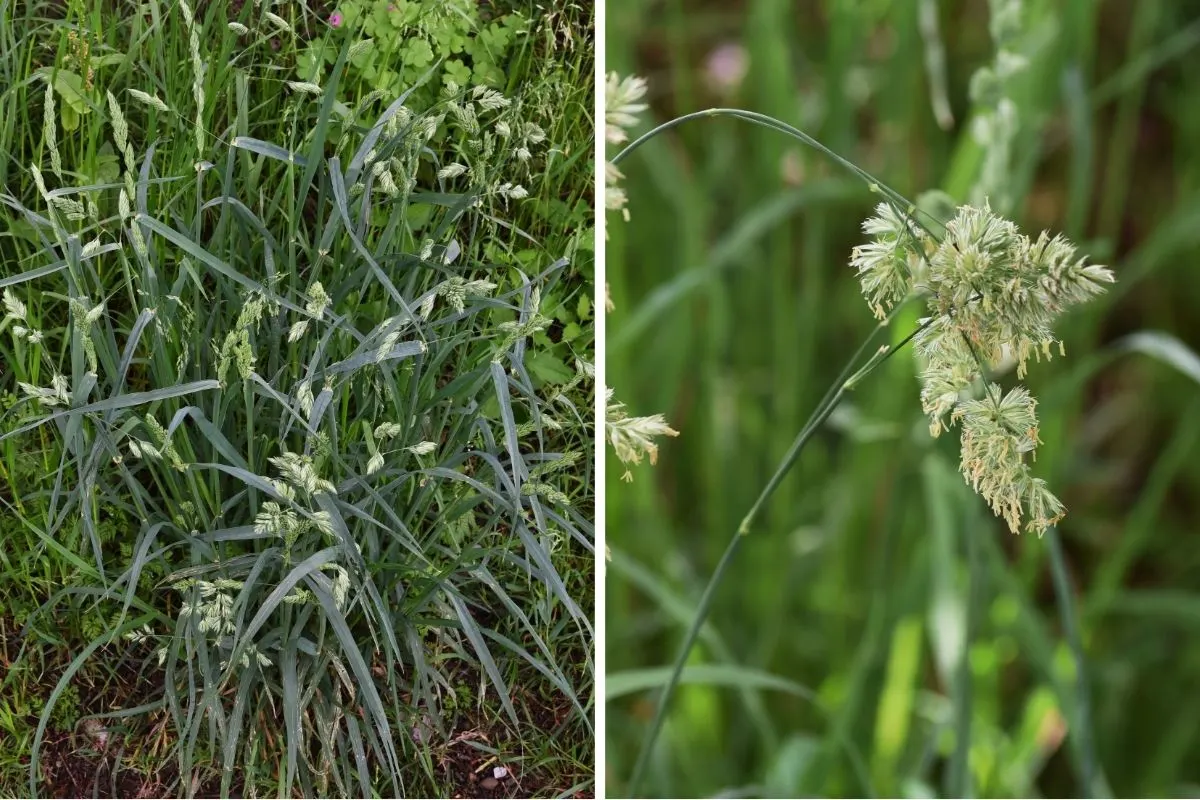
Known for its clump-forming habit, orchardgrass can stand out with its coarse texture and tall seed heads. It often invades lawns that are not mowed frequently.
Maintaining a regular mowing schedule and ensuring your mower blades are sharp can help manage its spread.
8. Timothy Grass
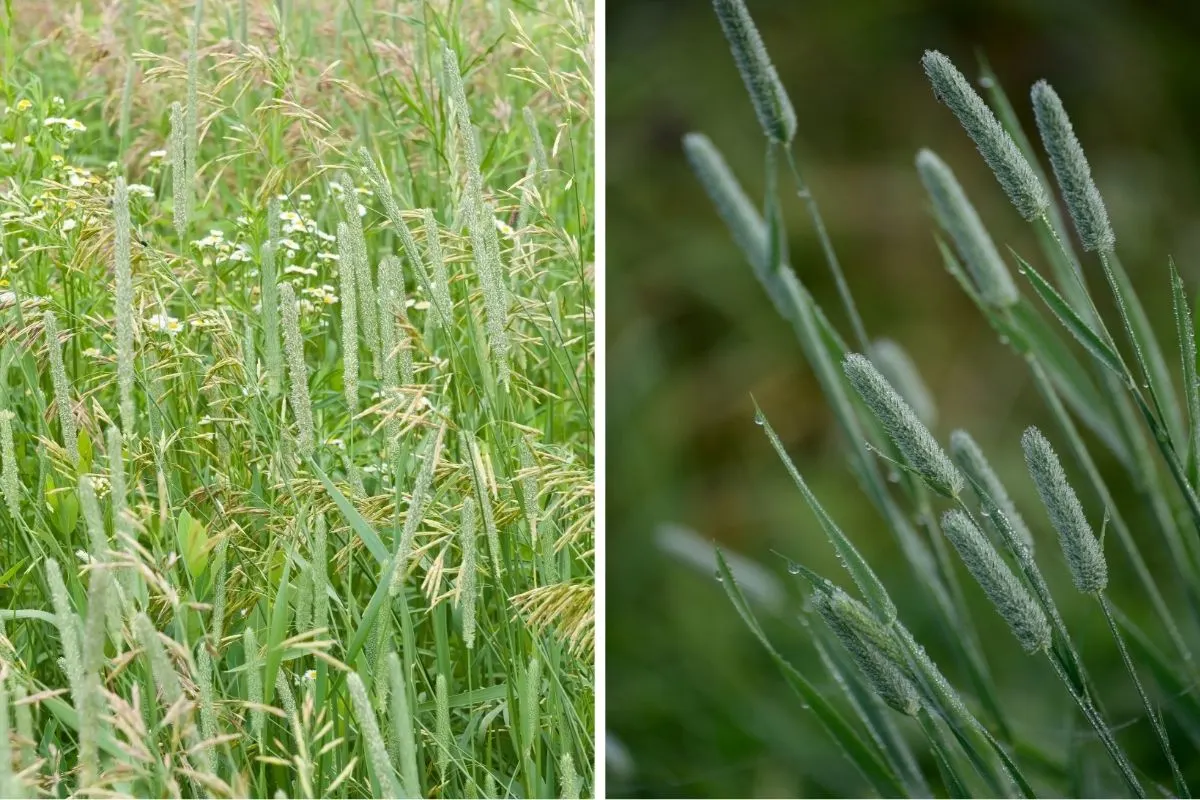
Initially cultivated as a hay grass, Timothy is known for its straight, cylindrical seed heads. When it invades lawns, it can disrupt the uniformity.
To manage it, consider improving your lawn’s density and health so it’s more competitive against Timothy grass.
9. Creeping Bentgrass
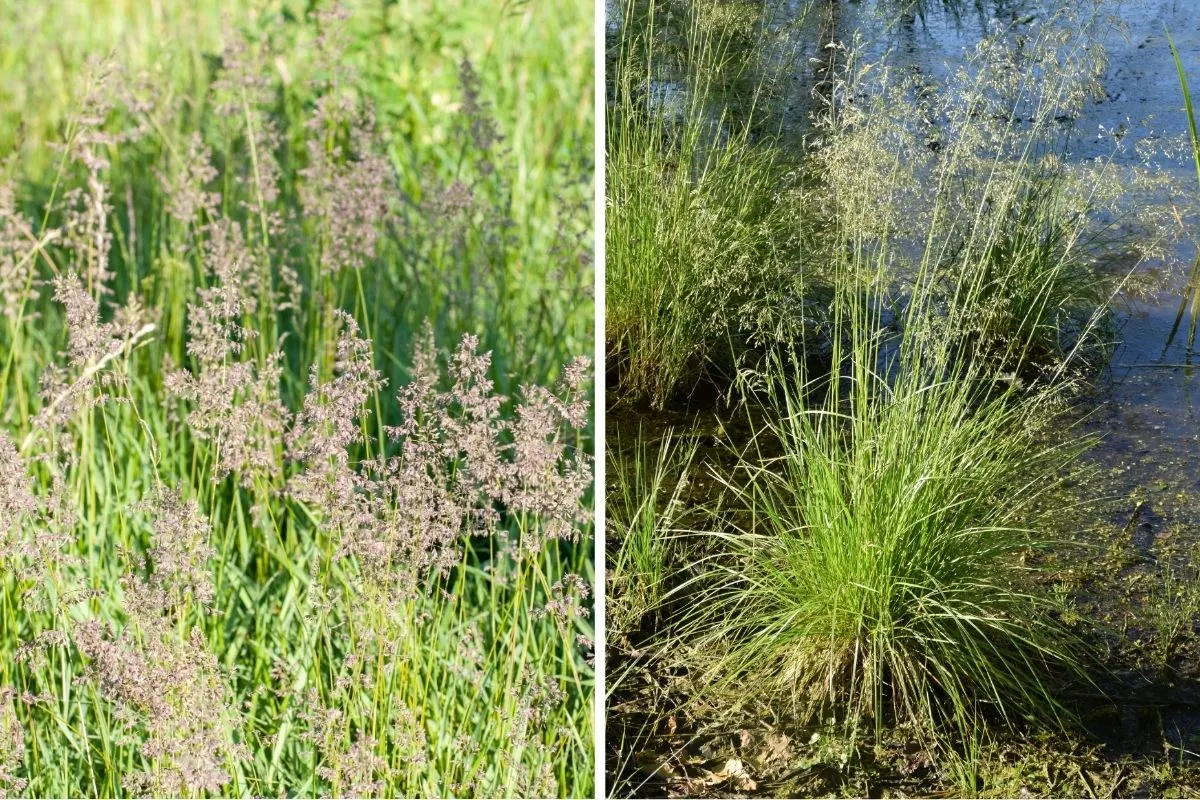
Popular on golf courses, creeping bentgrass can become a nuisance in home lawns. It forms dense, spongy patches that are hard to mow uniformly.
Spot-treatment with herbicides and reseeding with appropriate grass types are effective control methods.
10. Tall Fescue
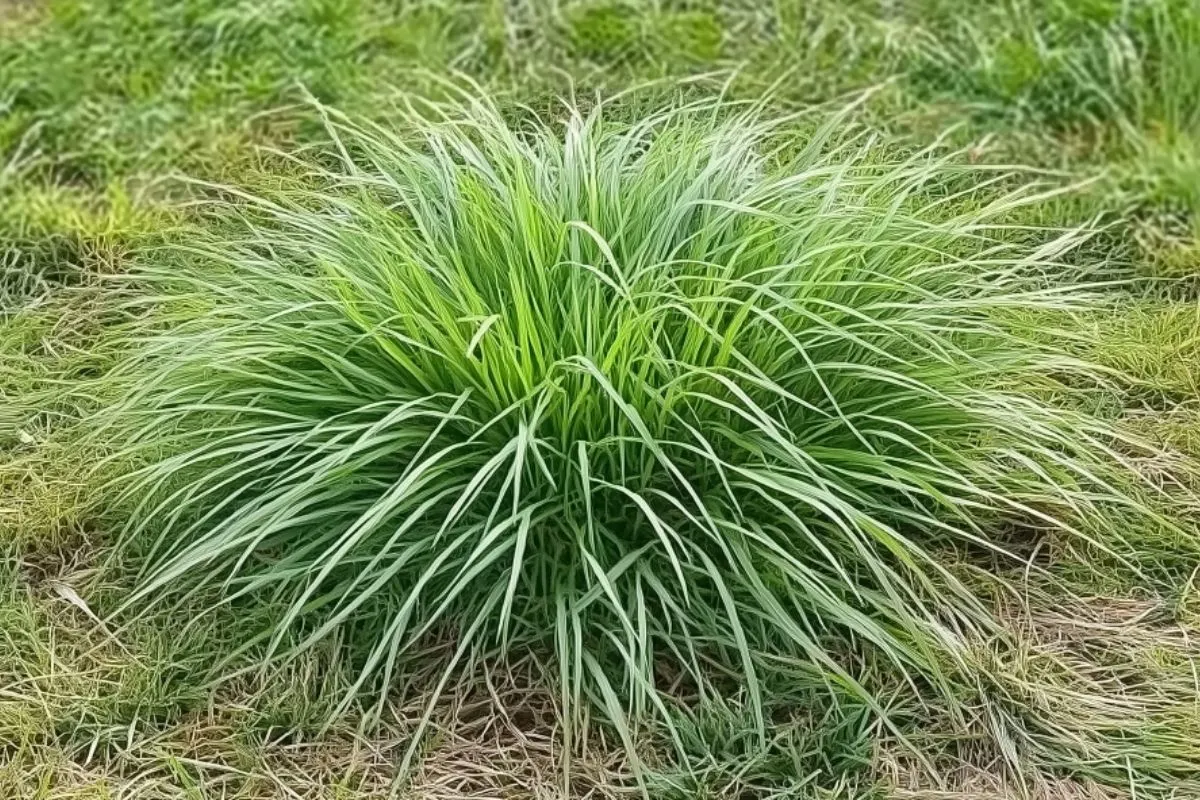
Tall fescue can sometimes be planted intentionally for its drought resistance, but it grows in clumps that stand out against finer-textured grasses.
Managing its spread involves regular mowing and possibly overseeding with a more desirable lawn grass.
Understanding these undercover invaders is crucial for maintaining the lawn of your dreams. Vigilance is key—regularly inspect your lawn and don’t let these grass-doppelgängers take over.
Armed with knowledge and strategy, your lawn can remain a true patch of paradise, free from these surprise guests.

